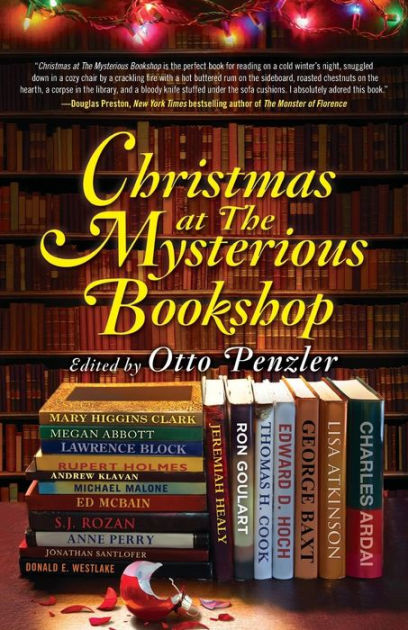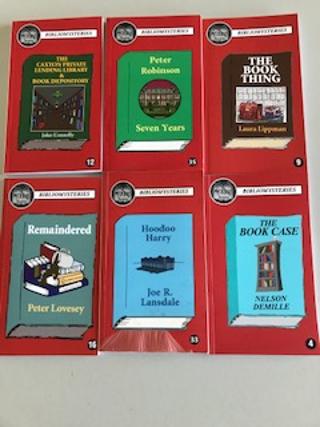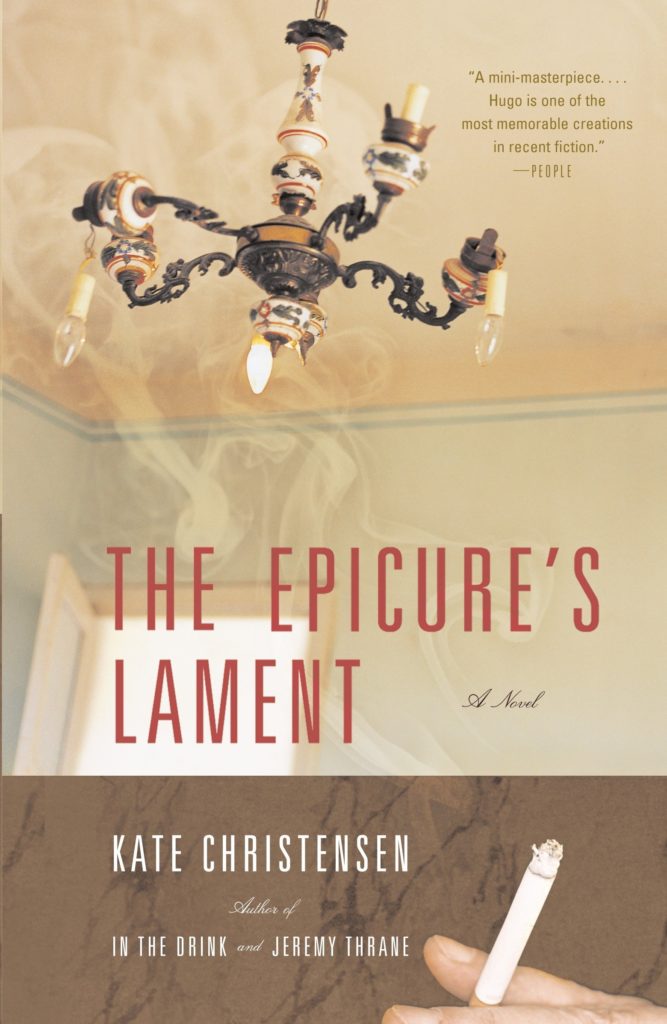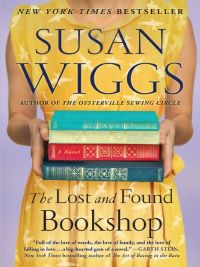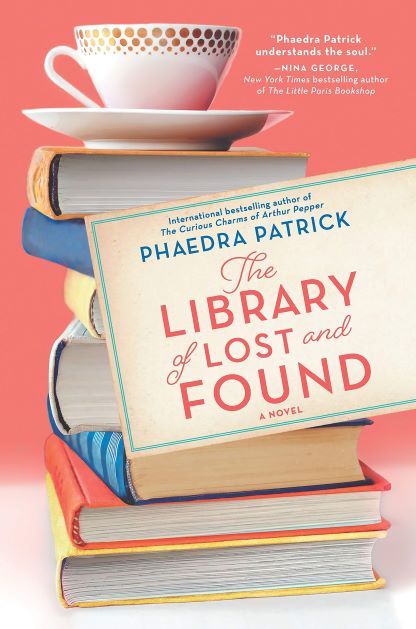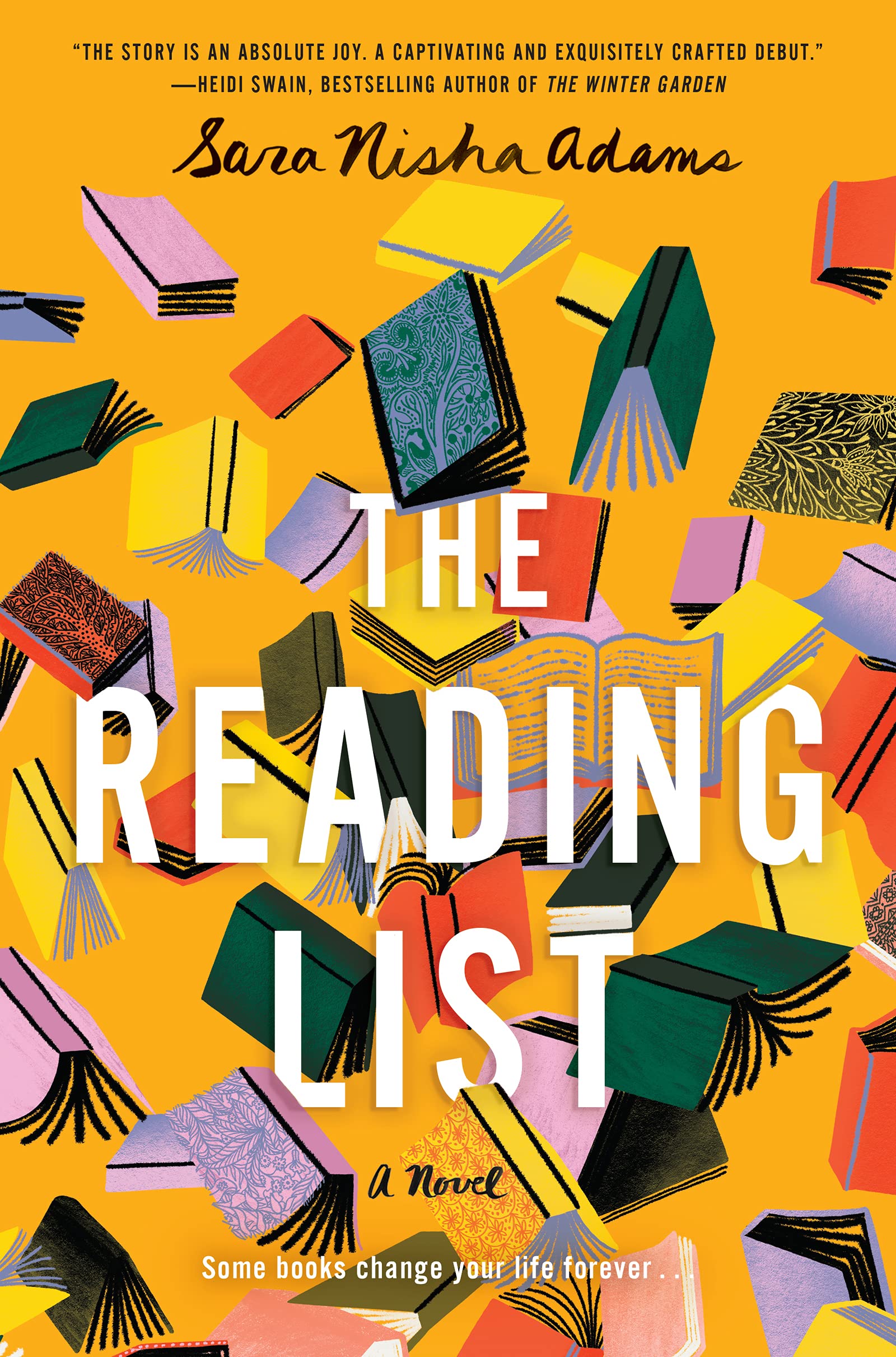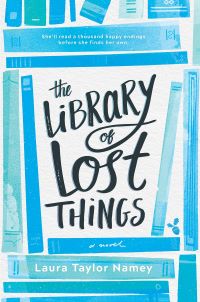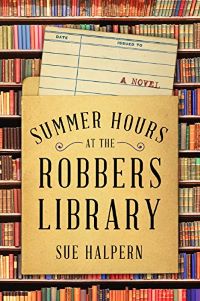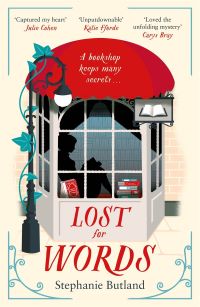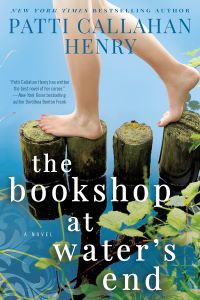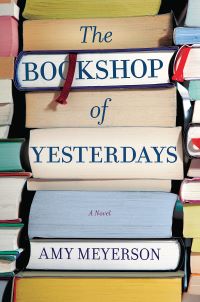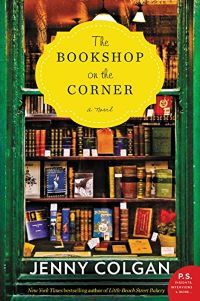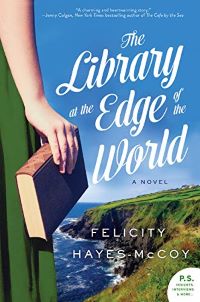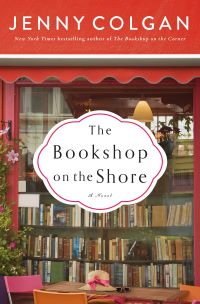New York, New York
We actually got on a cross country flight and went to New York City for a week. Our favorite young friends were graduating from NYU and they really wanted us there to celebrate. We’ve known these sisters since they were born, have been a part of their lives ever since, and even instilled a love of books and reading…so how could we say no? Did, however, make us feel ancient to see them so grown up.
And, yes, as you may have heard, Taylor Swift gave the commencement address – it was all over the media and internet. She was wonderful, heartfelt, and real. In case you missed it, HERE is the video of the speech.
Other than two days of graduation ceremonies, we did lots of sightseeing and exploring – it’s been years since either Husband or I have been to New York City. I won’t bore you with our exploits other than the book-related sites – because, once again folks, this is, after all, Book Barmy.
New York Public Library
We booked a docent-led tour of the library – free, run by volunteers, and well worth doing if you’re in the city. Here’s some photo evidence of this grand dame of libraries.





The Rose Reading Room took my breath away, if I lived here I would come to stare at the ceiling and perhaps try to do some reading. The last photo is from Google as I had to show you how the lions wore masks during the pandemic.
The Strand
Another day Husband faithfully went with me to the famous Strand Bookstore with its proclaimed “18 miles of books” (however they now house over “23 miles” of books). We didn’t stay long – had other non-bookish things to see (I know!) and I must admit it was overwhelming. Four floors of books but the old wooden floors creaked appropriately and it smelled like a great old bookstore should do – as it’s been there since 1927.



Someone at the Strand likes to color arrange the books…always a struggle for me.
The Mysterious Bookshop
Our final Book Barmy destination was the Mysterious Bookshop owned by the famous Otto Penzler, whose great Christmas book is a prized possession of mine. He is known for his Mysterious Press imprint and is a well-known collector of rare and highly valued mystery books.
Now this smaller bookstore, much more my speed…but – but – just look the books crammed into this tiny Tribeca store front.
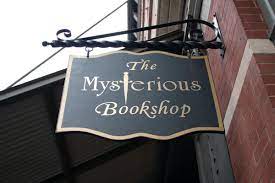


I did some purchasing here. First these tiny little ‘biblio-mysteries’ – small enough to fit in a jacket pocket. They are all short mysteries stories themed or set in bookstores, libraries, or just involving books. How could I resist – really?
And then, in a weak moment I spent a fair amount on Mr. Penzler’s own journal of his mystery book collection which he sold. But before he did he recorded the best of his collection.
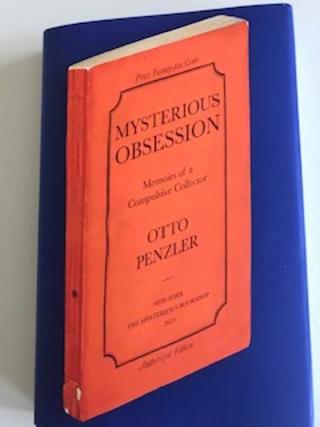
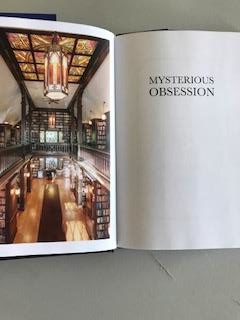
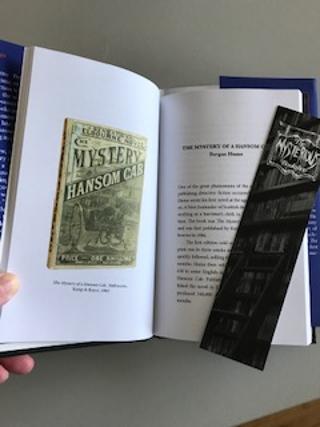
As you can see, there are color plates throughout and a treasured souvenir of our trip to New York City.
The city is starting to come back to life after the pandemic. Restaurants were open, cafes had customers. Not as crowded as in the past, but those who were on the streets seemed happy to be out and about. As a result, it was a kinder, gentler atmosphere. Masks were still being worn (including us) so we felt safe and comfortable, even on the subway.
Husband’s FitBit recorded that we walked 41 miles throughout the city, but it never felt like it – so much to see – every neighborhood is different and unique.
And the people watching — always the best in NYC.
The Epicure’s Lament by Kate Christensen
So they tell me that blogs are over, a thing of the past and I should be using Instagram or videos on YouTube. Well, I’m old stubborn, so I will steadfastly stick with this blog.
However, in an attempt to breathe some new life into Book Barmy, I plan to have a series of guest bloggers. Today is the first in that series — a book review by my smart, well-read, and very funny friend Peter.
Peter and I worked together during the 90’s in high tech. We became good buddies and, as a result, didn’t dare sit next to each other in meetings–which would often result in sarcastic remarks (muttered under our breath) about the idiots around the table and futile attempts to not breakout in uncontrollable laughter.
Thankfully, we’re both now retired and often trade book recommendations. Recently we both started reading the same book – The Epicure’s Lament – Peter finished before me, I got stuck in the middle – so I asked Peter to write a review and he graciously agreed.
Here you go, without further ado, here is Peter.
There are books that start with great glee. Rollicking good fun. Laugh out loud funny. Then the wit wanes. Pages become heavier to turn. Chortling dwindles. The Epicure’s Lament was such a book for me.
Kate Christensen is a beautiful writer of elegant, sophisticated prose, and for that the novel has great merit. Her description of characters and scenes do not tax the imagination. They are full and complete. You instantly know and understand these people and places.
The main character, Hugo Whittier, is slowly dying of his own doing. He rambles around his family’s rambling Hudson River mansion in solitude until family members begin to encroach.
Fully aware that he is killing himself smoking, he is only interested in all things carnal on his way out. His disdain for anything human is astounding. The dark humor is entertaining for a hundred pages or so then becomes labored and repetitive. It seems like Christensen ran out of plot and reworks story lines again and again to squeeze out some mileage. She also diverts into historical and philosophical sidebars that, while interesting, don’t directly support the story line.
As the novel progresses, Hugo smokes his way to his diagnosed ruin while continually assaulting the people who want to love him. I kept thinking “Alright already, I get it.” A miscreant and a rascal of the highest order, Hugo Whittier, charming as he may be, stumbles through the story looking forward to the end of it all.
Unfortunately so does the reader.
So, do you want to be a guest Book Barmy reviewer? Have you read a great (or not so great) book? Just let me know. I gladly welcome any and all inquiries.
A big thank you to Peter.
Perhaps we have a problem here…
As you know, I am Barmy about books.
But it just became clear to me that I may have specific issues.
Yesterday I was trying to remember a book I’d read about a bookshop — or was it a library?
Hmmmm? I did a search on my kindle and discovered all these titles. Many were given to me by publishers, others I purchased or have on my library list to borrow. Some look good – others cheesy- all are mine — and ready to be read.
Apparently, I have a addiction predilection for books about bookshops and libraries.
Houston, we have issues …
State of Terror
I’m a big fan of Louise Penny’s Gamache series – just do a search of her name here and you’ll see my fandom.
Last year, I heard she was teaming up with none other than Hillary Rodham Clinton to write a political thriller. I had some mixed thoughts, but got myself on the library waiting list – and waited – and waited.
Finally my turn came up and although I’m not a big fan of political thrillers (I find real world politics scary enough), I started reading.
Ellen Adams, is Secretary of State in President Doug Williams’ newly formed Democrat administration, which has picked up the reins from the previous incumbent who seems to have been brash, reckless and not intellectually overburdened. Well, so far, very plausible and familiar. Here is Ellen Adams as Hillary herself, the former President is clearly patterned after our former president, and even the British Prime Minister with his permanently disheveled hair is obviously Boris Johnson.
State of Terror sets a fast moving pace revolving around the efforts to prevent a terrorist attack in America, after three bombs were detonated in London, Paris and Frankfurt. There are unrelenting plot twists where those who are trusted reveal themselves as evil, and those thought of as enemies, serve as allies.
There’s a great deal happening all the time in this novel and each short chapter brings up another gut-wrenching crisis – which eerily mirrors and predicts what is actually happening in our current crazy world. The authors are not afraid to criticize both sides of the political aisle, with repeated warnings about the chaotic withdrawal from Afghanistan leading to the return of Al Qaeda.
State of Terror was at times terrifying and, at others, charming and funny. I did enjoy Hillary Clinton’s insight on the inner White House scene and her understanding of the politics at that level adds impressive credibility to every page. It’s not a spoiler to reveal that the character, Betsy, is based on Hillary’s lifelong friend who also became a close friend of Louise’s. (Betsy seems like the kind of friend we would all be lucky to have.) And for you Louise Penny fans, the authors have a few scenes set in Three Pines and Gamache actually makes a small appearance.
Together, Hillary Clinton and Louise Penny have given us a frightening story of our times, including some chilling possibilities that came true and still could come true. I tried to lose myself in this thriller, but in the end I found it too real — too disturbingly close to the truth. Admiration is what I felt for these two women who could write something a year ago that is so true to life as if ripped from our current 2022 nightly news.
However, I must tell you that, for me, the ending was a huge cheat — and left me shaking my head in disbelief. It’s called a deus ex machina — a plot device where a seemingly unsolvable conflict or impossible problem is solved by the sudden appearance of an unexpected person, object, or event.
That’s all I say. Read State of Terror for yourself and tell me what you thought.
Birthday and a book
As followers of this blog know, every year for my birthday, Husband takes me to the San Francisco Flower Mart where I get to run rampant and buy flowers. Husband gamely follows me to pay for and carry my purchases. This lovely tradition started many years ago and it’s the only present I want from Husband. He likes it too, as there’s no pressure to find or wrap a present that he’s never sure about.
Sadly, Covid shut down the flower mart for my last two birthdays — but now it’s back! I practically skipped through the huge warehouse — lowering my mask to sniff and smell along the way.


With the wholesale prices I am able to select numerous bunches for less than one bouquet from a florist.
They get wrapped in newspaper – nothing fancy.
But the best part is I get to spend the rest of the morning arranging my flowers to my content.

I especially enjoy the tulips – one of my favorite flowers.
I wish you could smell this heaven that is in my house right now on this grey, rainy day.
Now about the book.
I just finished this and having a struggle writing up my thoughts…stay tuned.
I have to go now and smell the flowers.



